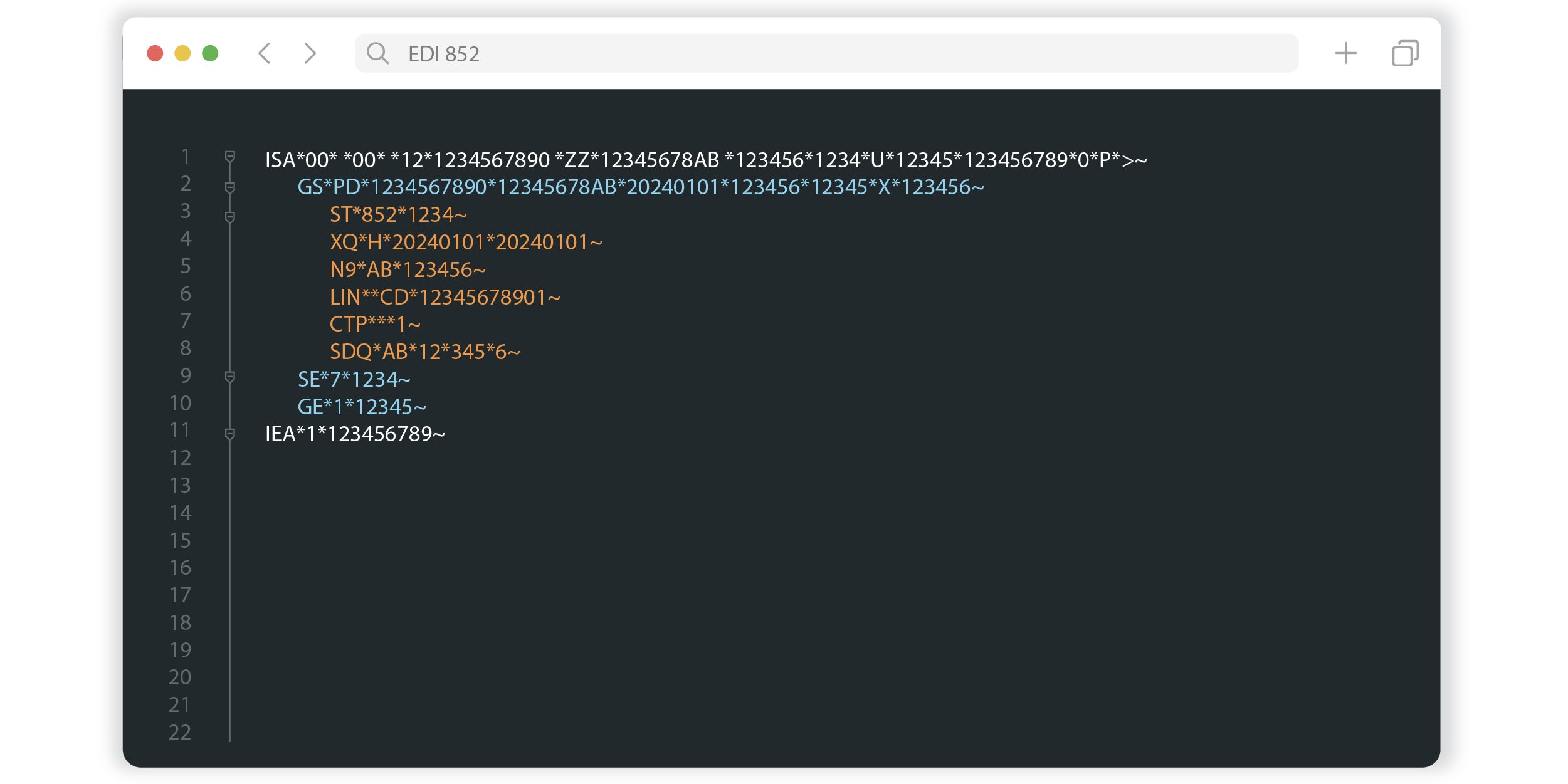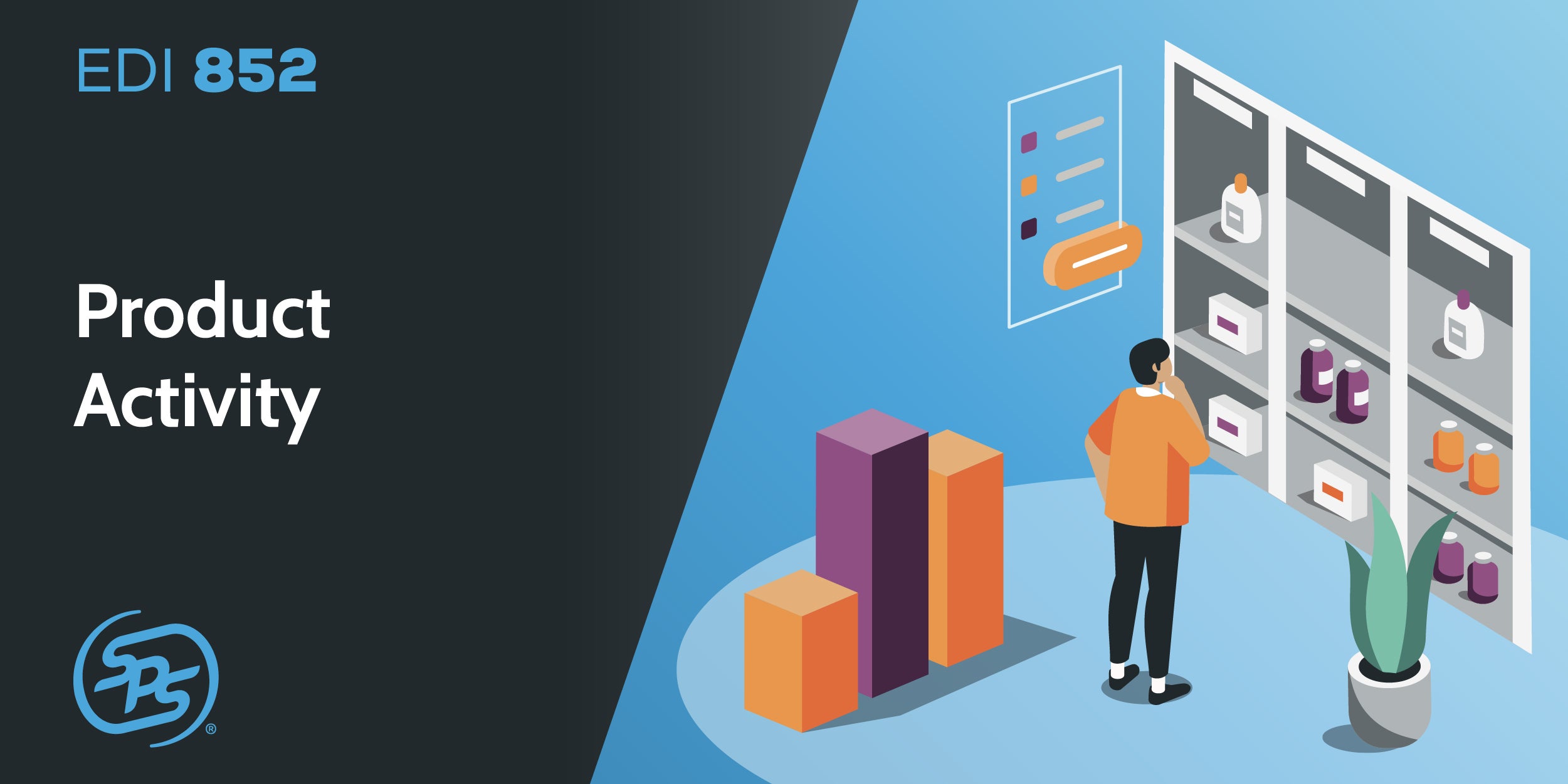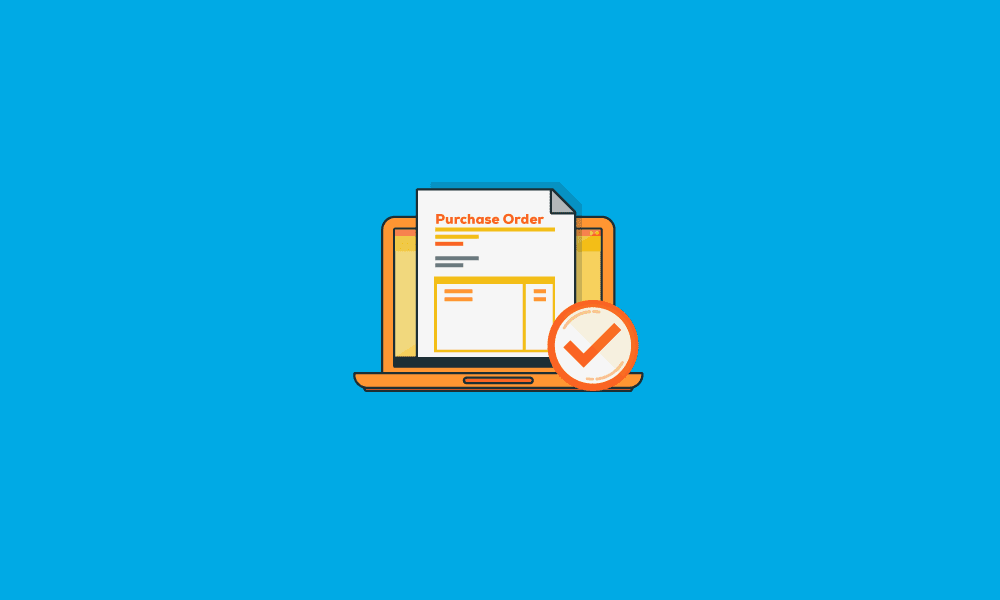EDI 852 format
In simple terms, think of the EDI 852 as a report card that gives a snapshot of how well products are doing in the market. It allows companies to make better decisions around managing their inventory, planning production and setting prices.

Here’s a simplified breakdown of what you might find in an EDI 852 document:
ST: Transaction set header
AIA: Beginning segment for vendor income/expense or rebate/chargeback
LIN: Item identification
UIT: Unit detail
QTY: Quantity information
DTM: Date/time reference
How is the EDI 852 used?
The EDI 852 can be thought of as a report card for products in a store. Imagine if each time someone bought a candy bar from a shop, the shop recorded which candy was bought, how many of each candy and when. Then, at the end of the week, the shop sends a letter to the candy factory to give them all these details. Now, the factory knows which candies are popular and how many more they need to make to keep selling them.
By using the EDI 852, the store and the factory can make sure they always have enough candy for everyone without making too much or too little. It’s a smart way to keep track of what’s selling well and what’s not, so the factory can produce in-demand items.
Retailers, suppliers and distributors often use the EDI 852 document to exchange data such as:
Sales information
Inventory levels
Orders placed by customers
Benefits of using an 852 Product Activity Data
Implementing the 852 Product Activity Data offers benefits to both the retailer or distributor (sender of the EDI 852 document) and the supplier (receiver of the EDI 852 document). These benefits include:
Gain visibility into product sales performance at the store level or by product
Optimize inventory planning and management
Reduce the risk of stock-outs and overstock positions
Common issues regarding EDI 852
Inaccurate data:
Data quality issues, particularly inaccurate on-hand inventory levels, can make it difficult to rely on the EDI 852 to make informed decisions.
Time-consuming data analysis:
The EDI 852 is a complex and lengthy document. Turning the data into actionable insights can be challenging, even based on data from one retailer. Collecting, normalizing and analyzing Product Activity Data from multiple retailers is extremely labor-intensive.
Inconsistent data:
Every retailer provides a slightly different format for the EDI 852. That’s why it’s critical to discuss each trading partner’s requirements and capabilities prior to implementing this document.
Automate EDI 852 – Product Activity Data with Analytics from SPS Commerce
Dive into the world of smart data management with SPS Commerce Analytics—your ticket to effortless mastery over EDI 852 data. Say goodbye to the complexity of staying up to date with retailer compliance and hello to streamlined analysis that works for you.

Our sophisticated system doesn’t just collect data; it refines it. We gather, aggregate, cleanse and analyze sales and inventory intel from your entire network of partners. The result? Crystal-clear insights at your fingertips.
But we don’t stop there. With our library of best practice dashboards, you’ll leap into action from day one. These intuitive tools are designed to help you harness the power of your data, making informed decisions that propel your business forward.
At the heart of it all is our unbeatable combination: a proven process, a team of seasoned experts, and cutting-edge technology. Together, they make retail data trend analysis a breeze.
Elevate your strategy and watch your business soar with SPS Commerce Analytics.
Ready to unlock the potential of your data?
Additional EDI Resources
Enter a virtual library of information about EDI for suppliers, vendors and distributors to provide you with the product knowledge you need to power your business.




